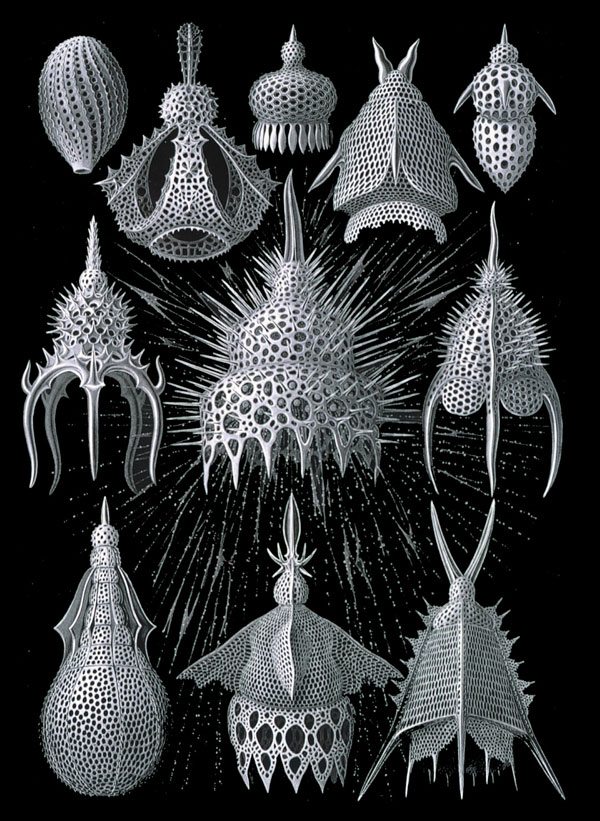UMass Amherst researcher Derek Lovley recently had a Perspective article, "Live wires: direct extracellular electron exchange for bioenergy and the bioremediation of energy-related contamination," published in Energy and Environmental Science. He studies the genus Geobacter, microorganisms with the ability to directly transfer electrons outside the cell. This article is an overview of their potential roles in both the sustainable production of energy and the remediation of environmental pollution, as well as raising the idea of applications in "the emerging field of bioelectronics." From the article's Broader context sidebar:
Novel biological processes are a potential source of solutions for the need for new, sustainable energy strategies and the necessity of dealing with the legacy of environmental contamination associated with more traditional energy sources. The genomes of the microbial world encode a vast metabolic potential, which for the most part is poorly understood, but may provide some help for energy needs. This perspective gives a quick primer on the basic principles of direct extracellular electron transfer, a relatively recently discovered form of microbial respiration, and summarizes how continuing developments in the study of this one form of microbial respiration has led to a number of new concepts for bioenergy and the restoration of environments contaminated as the result of energy-related activities.
